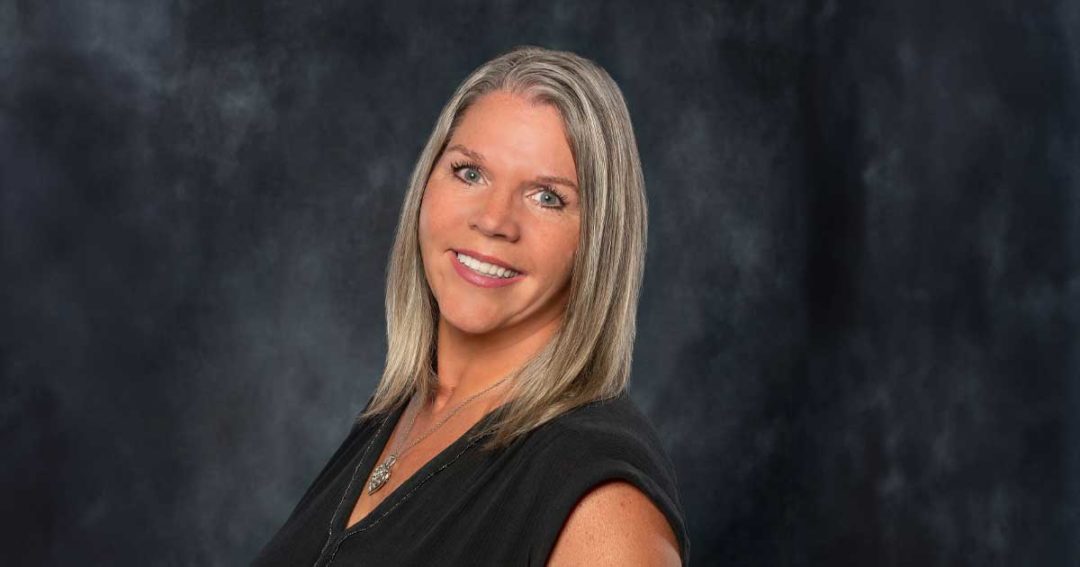
Redefining collections
Empower employees to advocate for members during collections efforts.
At TwinStar Credit Union in Olympia, Wash., the collections department aims to redefine the collections landscape by embodying empathy in every interaction and recognizing every interaction is unique, says Diane Sokolik, vice president of consumer lending at the $4.2 billion asset credit union.
Sokolik offers insights into collections efforts at TwinStar.
America’s Credit Unions: What innovative collections practices have you implemented?
Diane Sokolik: Members’ needs have changed, along with the way they communicate. We needed to change the way we communicate with our members, and we did this by implementing email and text message reminders. Offering easy ways to make payments over the phone was another practice started to cure accounts with little impact on staff.
Queue management can be a challenge, and one we continue to evolve. Collectors’ queues were set up by dividing up the alphabet, but we continuously change who works what queue. This enables the collectors to work accounts collectively and ensure all steps are being completed.
We utilize a third-party vendor for early-stage outbound calling. This has proven to be cost effective as we didn’t need to add additional staff when loan volume and early-stage reminder calls are necessary.
Q: What are the biggest collections-related challenges you’re facing?
A: Members are struggling with increased living expenses, costs of goods and services, loss of economic relief payments, increased minimum monthly payments on revolving credit due to rate changes, and student loan repayments. We experienced lower delinquency during the pandemic and are now back to normal pre-pandemic levels.
Staffing is another challenge. Although collections have a set cadence, collectors need to think outside the box to find a solution that makes sense for the member and credit union. This takes finesse along with strong service skills, so finding the right person for the job can be difficult. We are a remote-first organization. This allows us to cast a wider net for talent acquisition, but it brings complexity to training and finding those who can thrive in a remote environment.
Q: What are some collections best practices?
A: Establish consumer collection guidelines for the team. Defining what is expected to happen at X number of days past due ensures the team is working each account the same.
Use automation where you can. Generate text, email, and letter reminders at certain days past due. Use your core system as much as possible, automating warnings or comments for front-line staff.
Work hours beyond branch schedule. Consider working Saturdays or evening shifts to assist in catching members outside of traditional work hours.
Q: What advice do you have for credit unions looking to improve their collections departments?
A: Provide collections staff with knowledge about the “other side” of the house. They need to understand what loans are being booked, loan-to-value changes, and how these loans fall into the portfolio by credit tiers.
Task the department to come up with their “why.” Creating their own mission and vision statement goes a long way in how they interact with members.
Empower employees to be advocates for members. Delinquency typically stems from a life event, such as death, divorce, unemployment, or disability. These are good members who took out loans in good faith to repay, so let’s work with them to get a solution that is a win-win for both members and credit union.